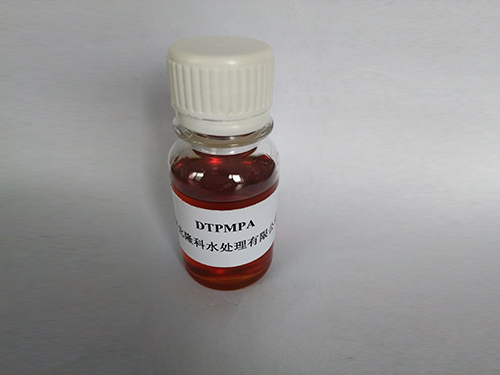Exploring the Benefits and Applications of Cationic Polyacrylamide in Various Industries
Cationic Polyacrylamide An Overview of Its Properties, Applications, and Benefits
Cationic polyacrylamide (CPAM) is a synthetic polymer that derives its structure from acrylamide monomers. As a cationic polymer, it possesses a positive charge, which distinguishes it from its anionic and nonionic counterparts. The unique properties of CPAM make it a valuable tool in various industrial applications, particularly in water treatment, paper manufacturing, and oil recovery.
Properties of Cationic Polyacrylamide
Cationic polyacrylamide is characterized by its ability to form chains that can absorb large quantities of water, resulting in a gel-like consistency. The degree of cationic charge can vary, leading to changes in efficacy for different applications. Higher charge densities typically enhance the flocculation properties of the polymer, allowing for more effective particle aggregation.
In aqueous solutions, CPAM displays excellent solubility, making it easy to incorporate into various processes. Its molecular weight can also vary significantly, influencing its behavior and performance in application. Low molecular weight CPAM is primarily used for rapid flocculation processes, while high molecular weight variants are better suited for applications requiring enhanced viscosity or thickening.
Applications of Cationic Polyacrylamide
1. Water Treatment One of the most prevalent uses of CPAM is in the field of water treatment. It is instrumental in the coagulation and flocculation of suspended particles in both industrial and municipal wastewater. By neutralizing negative charges on particles, CPAM promotes their aggregation, allowing for easier removal during sedimentation or filtration processes. This capability leads to cleaner treated water, minimizing the environmental impact.
2. Pulp and Paper Industry In paper manufacturing, CPAM is employed as a retention aid and a drainage aid. It enhances the retention of fine particles and fibers, improving the quality of the final product while reducing waste. The polymer assists in maintaining the integrity and strength of paper products, making it an essential additive in modern papermaking processes.
cationic polyacrylamide

3. Oil Recovery The oil industry also benefits from cationic polyacrylamide's properties during enhanced oil recovery (EOR). The polymer can improve the viscosity of the water injected into reservoirs, enhancing the displacement of oil and increasing recovery rates. Its ability to reduce interfacial tension between oil and water further optimizes extraction efficiency.
4. Cosmetic and Personal Care Products In the cosmetic industry, CPAM is utilized as a thickener and emulsifier in various formulations such as lotions, creams, and shampoos. Its skin-conditioning properties enhance the feel and performance of personal care products, making them smoother and more effective.
Environmental Considerations and Benefits
While the benefits of cationic polyacrylamide are many, it is also important to consider its environmental impact. CPAM is generally considered to be safe; however, care must be taken during its use and disposal. The polymer can break down in the environment, but the extent of degradation depends on various factors including concentration, exposure to sunlight, and microbial activity.
Utilizing CPAM in industrial applications can lead to significant reductions in chemical use, thereby minimizing potential ecological risks. As water treatment technologies evolve, the integration of CPAM can help industries comply with stricter environmental regulations while promoting sustainability.
Conclusion
Cationic polyacrylamide is a versatile polymer with numerous beneficial applications across different industries. Its unique properties, such as water solubility and flocculating ability, make it an integral component in processes like water treatment, paper manufacturing, and oil recovery. Understanding its characteristics and applications not only highlights the importance of CPAM in industrial chemistry but also underscores the need for responsible use and management to harness its benefits while protecting the environment. As industries strive for enhanced efficiency and sustainability, cationic polyacrylamide will undoubtedly continue to play a crucial role in various sectors.
-
Water Treatment with Flocculant Water TreatmentNewsJun.12,2025
-
Polymaleic AnhydrideNewsJun.12,2025
-
Polyaspartic AcidNewsJun.12,2025
-
Enhance Industrial Processes with IsothiazolinonesNewsJun.12,2025
-
Enhance Industrial Processes with PBTCA SolutionsNewsJun.12,2025
-
Dodecyldimethylbenzylammonium Chloride SolutionsNewsJun.12,2025





